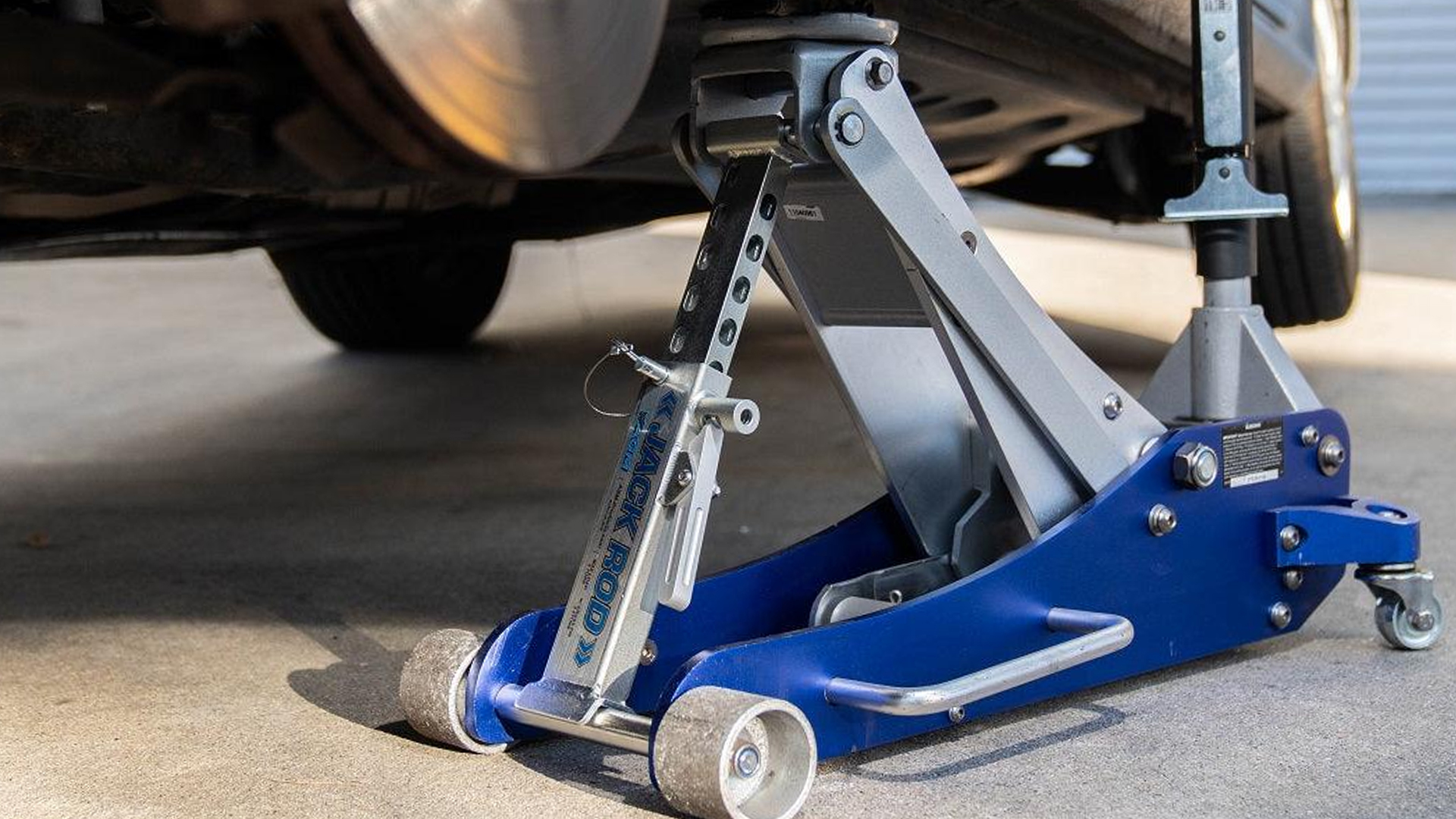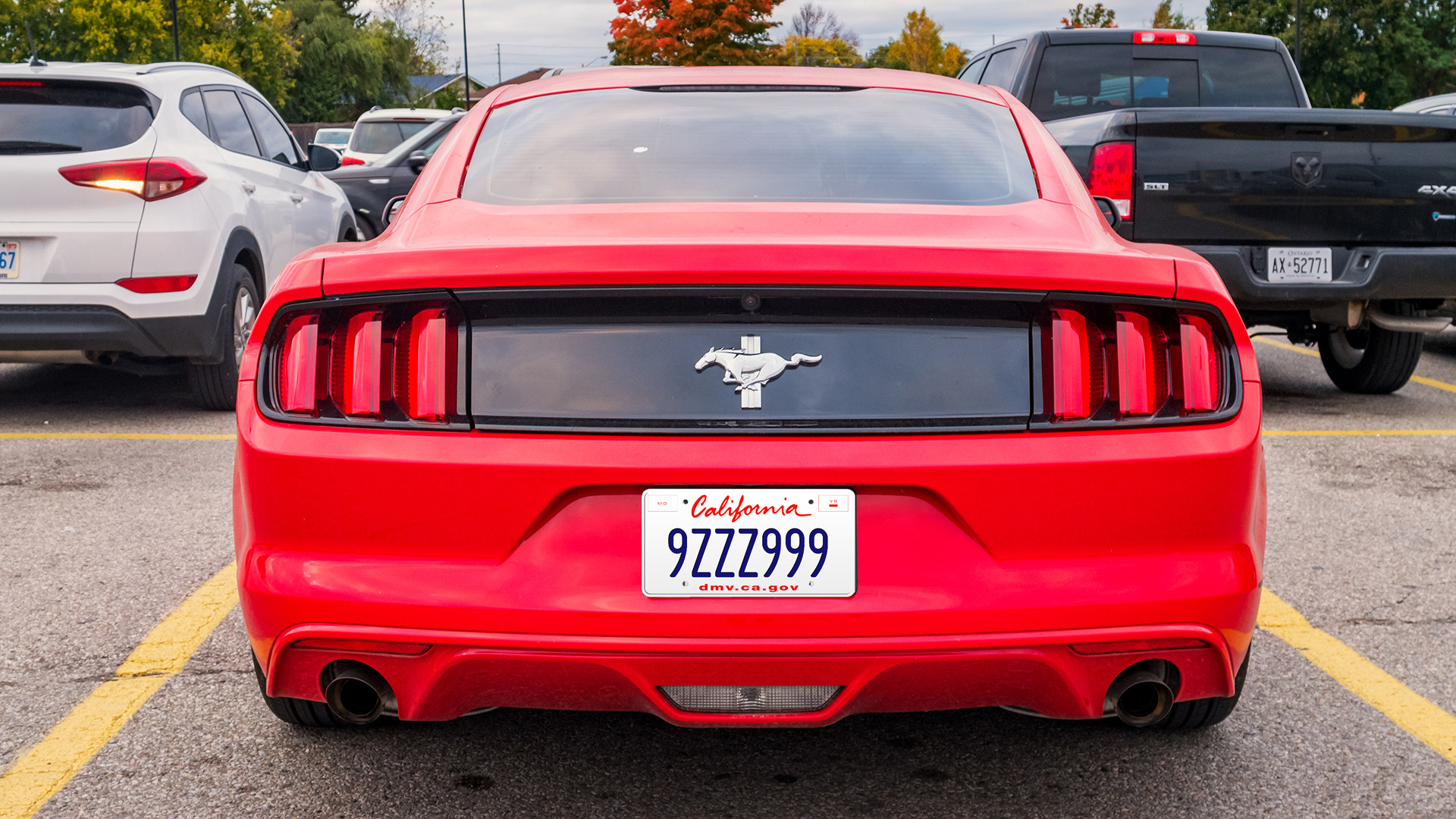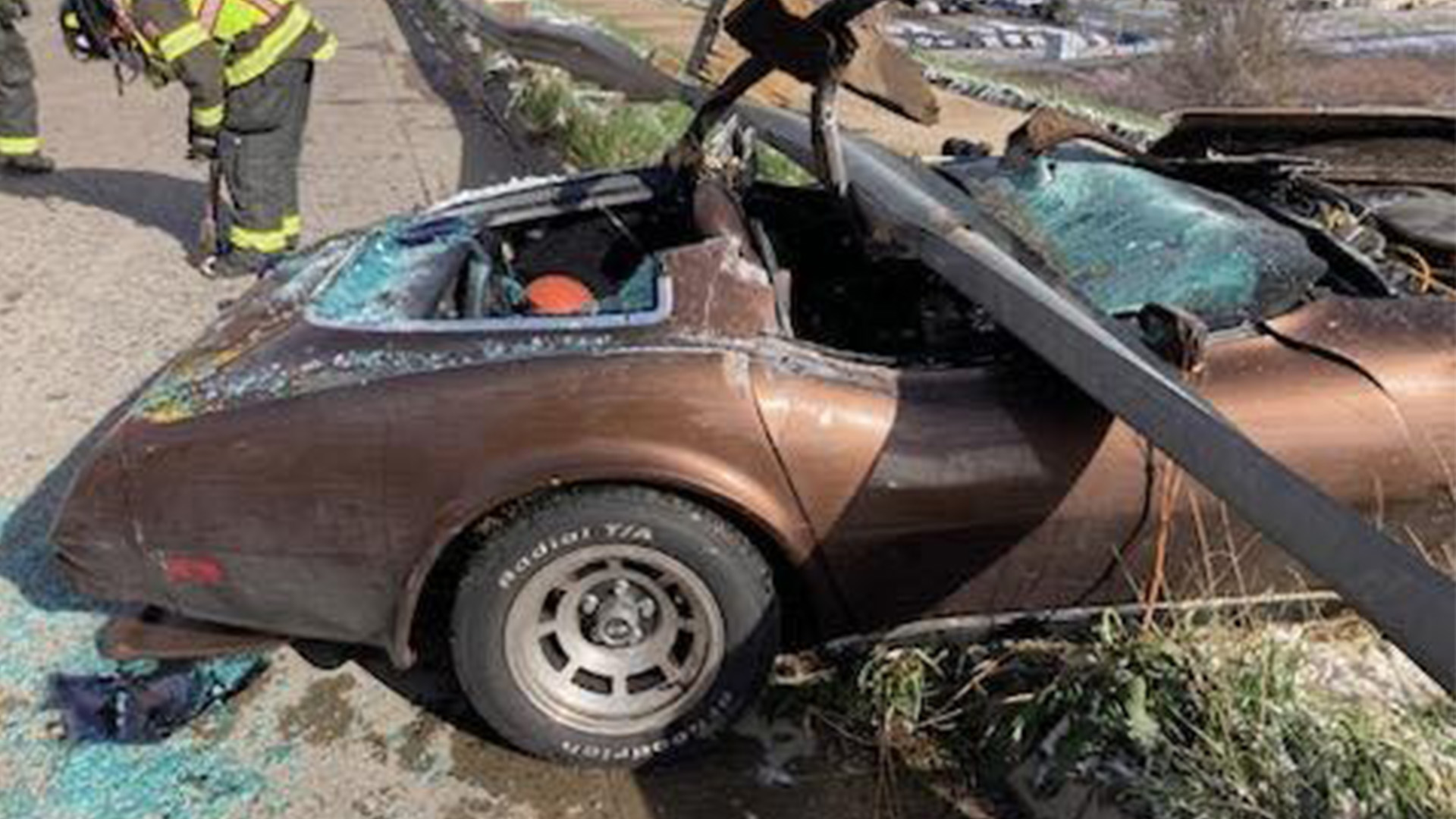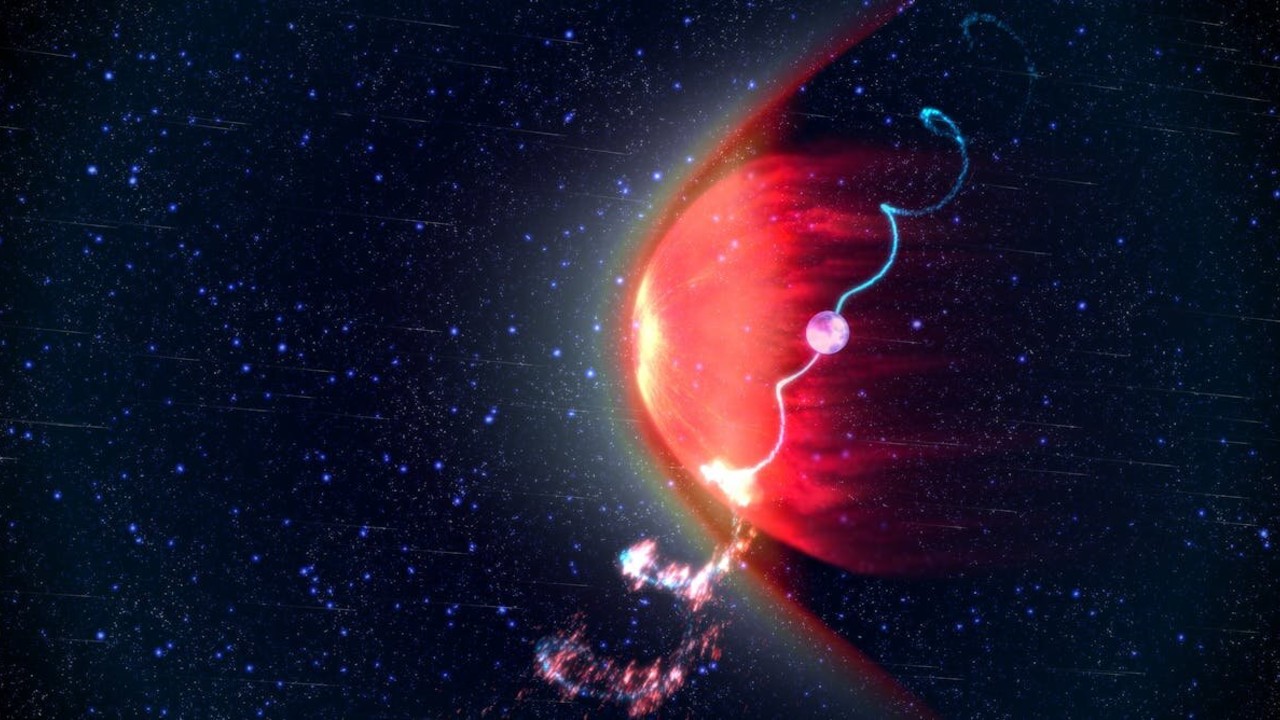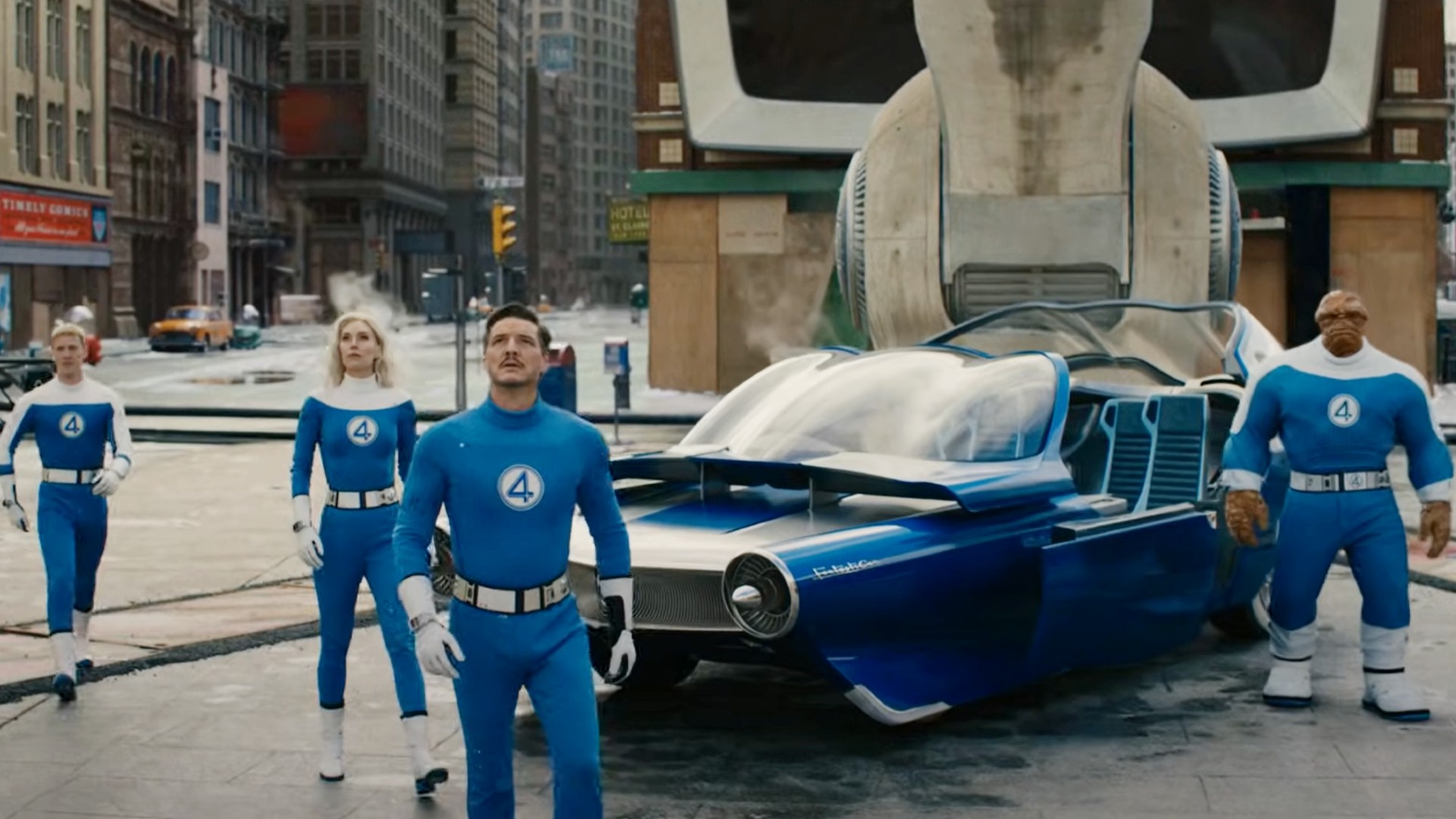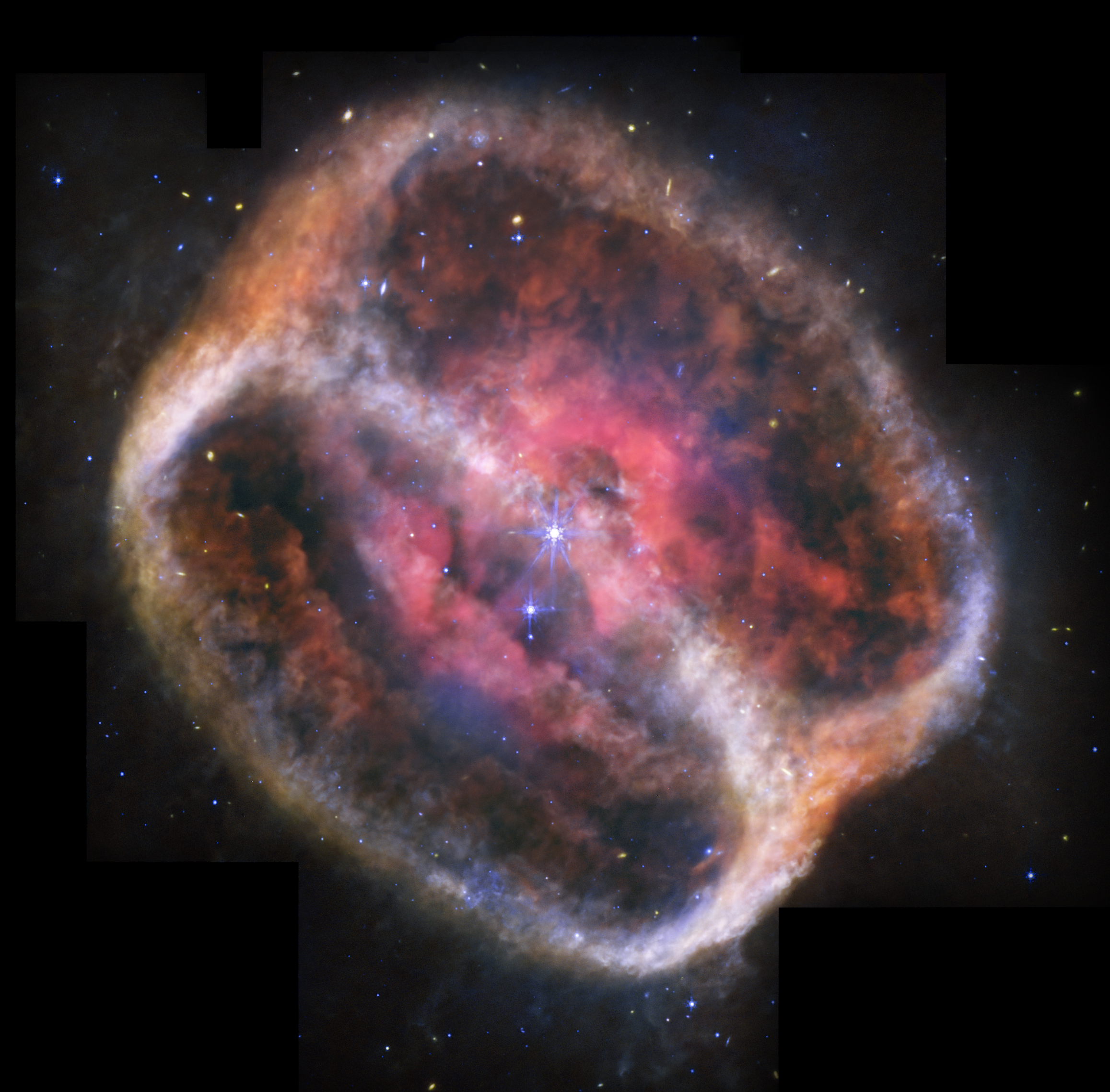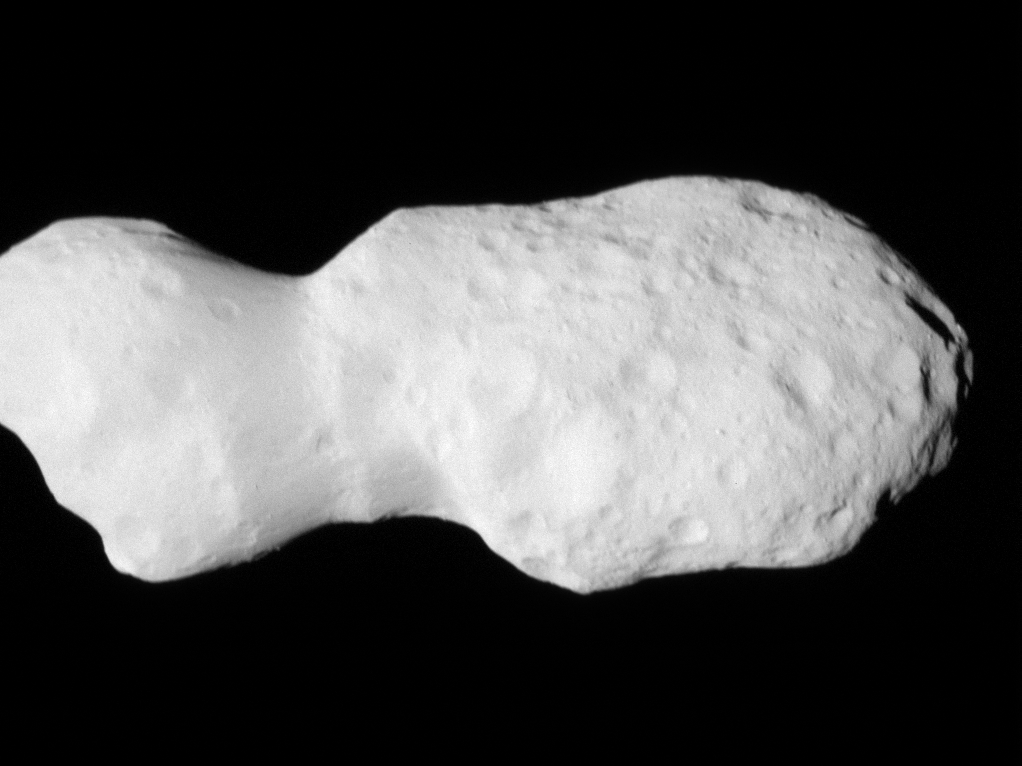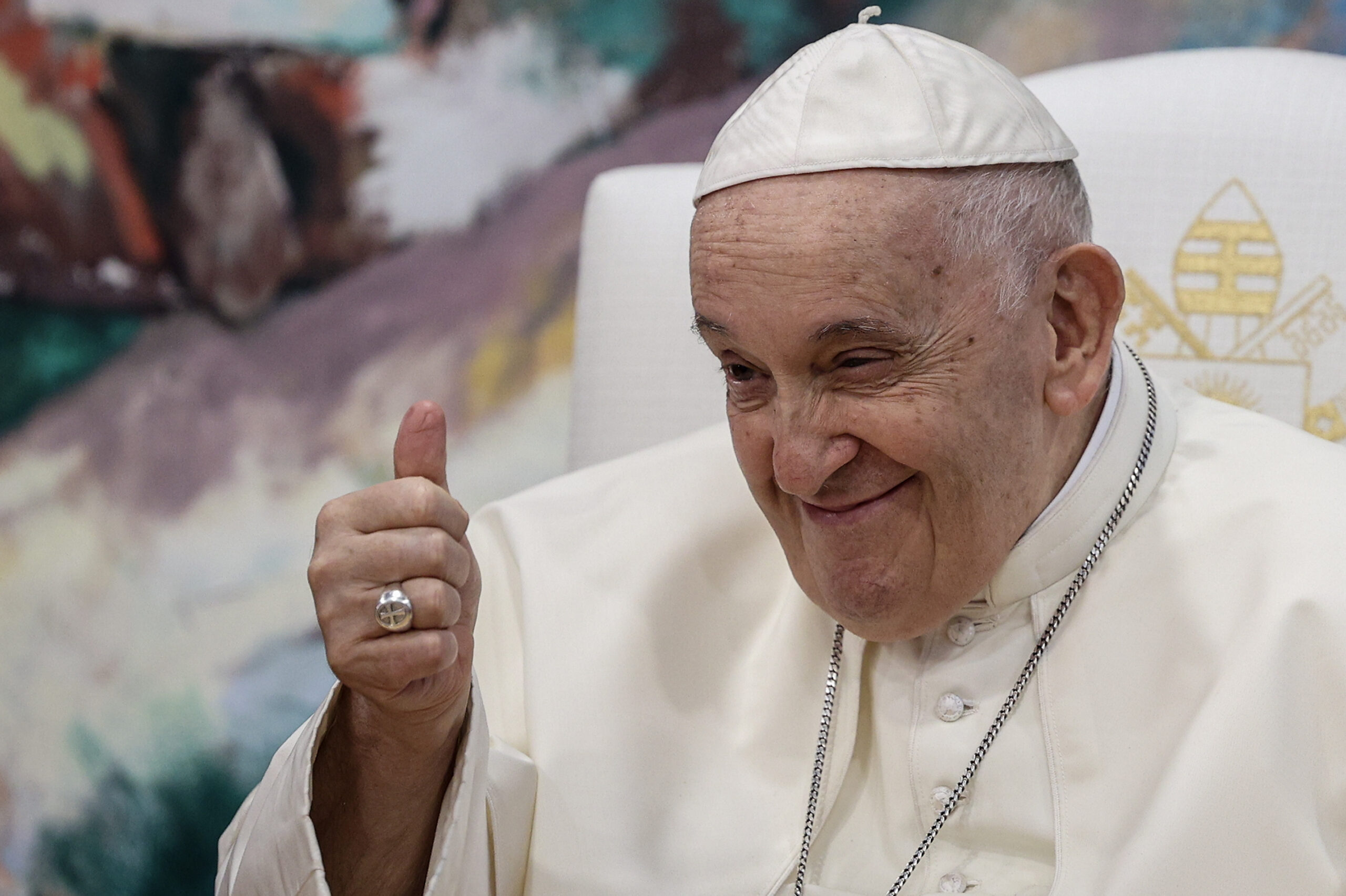OpenAIs o3 and o4-mini hallucinate way higher than previous models
According to OpenAI's system card, its newly-released reasoning models o3 and o4-mini have higher hallucination rates than o1, GPT-4o, and GPT-4.5, even though they're supposed to be better.


By OpenAI's own testing, its newest reasoning models, o3 and o4-mini, hallucinate significantly higher than o1.
First reported by TechCrunch, OpenAI's system card detailed the PersonQA evaluation results, designed to test for hallucinations. From the results of this evaluation, o3's hallucination rate is 33 percent, and o4-mini's hallucination rate is 48 percent — almost half of the time. By comparison, o1's hallucination rate is 16 percent, meaning o3 hallucinated about twice as often.
The system card noted how o3 "tends to make more claims overall, leading to more accurate claims as well as more inaccurate/hallucinated claims." But OpenAI doesn't know the underlying cause, simply saying, "More research is needed to understand the cause of this result."
OpenAI's reasoning models are billed as more accurate than its non-reasoning models like GPT-4o and GPT-4.5 because they use more computation to "spend more time thinking before they respond," as described in the o1 announcement. Rather than largely relying on stochastic methods to provide an answer, the o-series models are trained to "refine their thinking process, try different strategies, and recognize their mistakes."
However, the system card for GPT-4.5, which was released in February, shows a 19 percent hallucination rate on the PersonQA evaluation. The same card also compares it to GPT-4o, which had a 30 percent hallucination rate.
Evaluation benchmarks are tricky. They can be subjective, especially if developed in-house, and research has found flaws in their datasets and even how they evaluate models.
Plus, some rely on different benchmarks and methods to test accuracy and hallucinations. HuggingFace's hallucination benchmark evaluates models on the "occurrence of hallucinations in generated summaries" from around 1,000 public documents and found much lower hallucination rates across the board for major models on the market than OpenAI's evaluations. GPT-4o scored 1.5 percent, GPT-4.5 preview 1.2 percent, and o3-mini-high with reasoning scored 0.8 percent. It's worth noting o3 and o4-mini weren't included in the current leaderboard.
That's all to say; even industry standard benchmarks make it difficult to assess hallucination rates.
Then there's the added complexity that models tend to be more accurate when tapping into web search to source their answers. But in order to use ChatGPT search, OpenAI shares data with third-party search providers, and Enterprise customers using OpenAI models internally might not be willing to expose their prompts to that.
Regardless, if OpenAI is saying their brand-new o3 and o4-mini models hallucinate higher than their non-reasoning models, that might be a problem for its users. Mashable reached out to OpenAI and will update this story with a response.









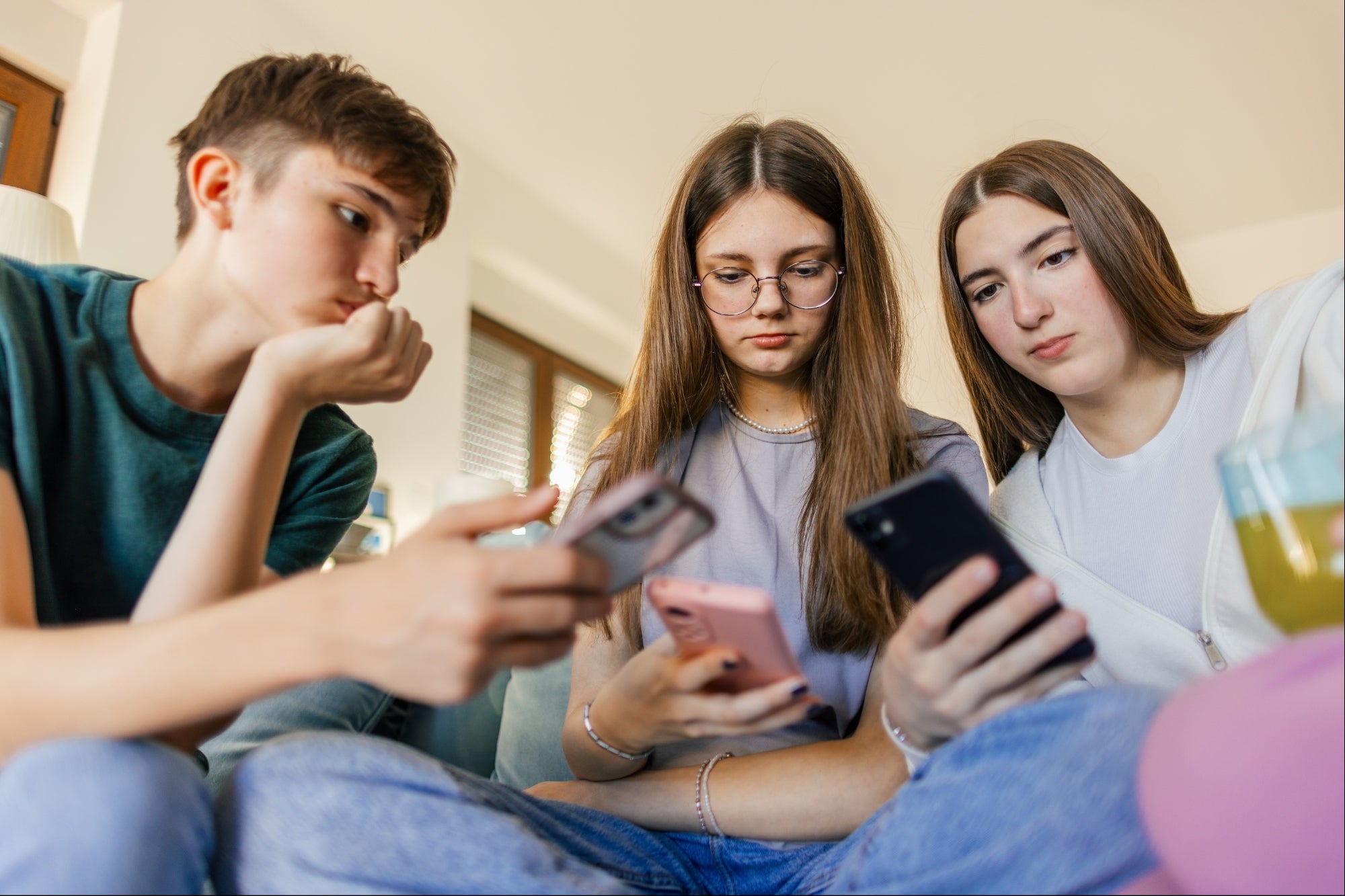
![From fast food worker to cybersecurity engineer with Tae'lur Alexis [Podcast #169]](https://cdn.hashnode.com/res/hashnode/image/upload/v1745242807605/8a6cf71c-144f-4c91-9532-62d7c92c0f65.png?#)













